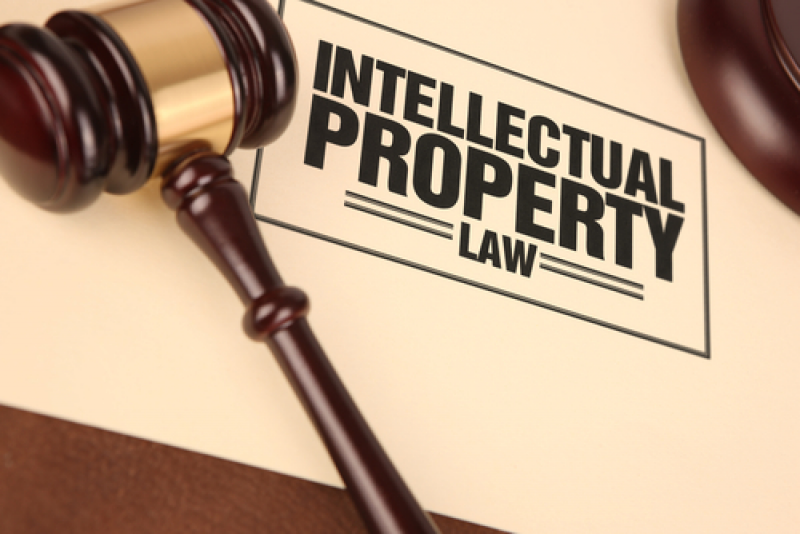 Intellectual property law
Intellectual property lawIntellectual property, often shortened to IP, is a broad term encompassing almost any type of creation. Inventions, literary works, designs, symbols, logos, names, images, and blueprints would all be examples of intellectual property that could be protected by law. The type of creation will determine what type of protection, be it a patent, copyright, trademark, or other type of legal protection, is necessary. By placing these protections in place, your creations can’t be stolen or duplicated, which enables you and your business to benefit from them and earn proper recognition. If you’re curious about what can and should be protected by IP laws, contact us at Brown Patent Law in Tulsa, Oklahoma. We have answers to your questions. In the meantime, here are a few basics to give you a foundational understanding of intellectual property.
Why are IP laws necessary?
This is a question rarely asked by those with intellectual property worth protecting. Consider pouring years of your life into creating something, then having no recourse as a competitor stole your idea and marketed it for their own gain. IP laws are necessary to prevent that from happening. Because they protect creations, these laws and protections also serve to boost innovation by ensuring that those with profitable ideas are properly rewarded. Intellectual property laws don’t just keep others from copying you, however. They also help you create a product or asset you can safely sell or license to others.
What can be protected?
As hinted at above, there’s a wide variety of creations, innovations, and inventions that can be protected as intellectual property. And, with each different type of property being protected, a different type of protection is needed. Patents typically protect a novel invention, which could refer to a machine, medicine, or even a new process for something. A copyright is generally used for artistic works, like literature, music, paintings and drawings, or films and photographs. Copyrights can also be used to protect software, or journalistic works. Trademarks are most often used to protect product names and logos that are used for a business or specific product. This is by no means an exhaustive list of what can qualify as intellectual property, nor the protections available.
Where should my IP be protected?
This may seem like a simple question, but too often intellectual property is not protected where it needs to be. The most obvious answer to where your IP should be protected is where you do business. If your invention is meant for the US market, that’s probably going to be the first place you ensure it’s protected. But, failing to obtain similar protection in other markets could prevent you from expanding to those markets later. So, some additional strategic and forward thinking is necessary when determining where protection could be required, and be beneficial.
When does IP need protection?
For this question, the simplest answer is also the best. Identify the intellectual property you currently hold and protect it properly as soon as possible. The longer your IP remains unprotected by law, the more opportunity that others can legally copy your ideas.
All businesses likely have some form of intellectual property that would be valuable to others, and worth seeking protection for. It’s important to take stock of the IP currently in your possession and consult an expert in IP law to determine the best next step.
Brown Patent Law specializes in intellectual property law and serves clients in throughout the US and internationally. Contact us with your questions and we’ll help you obtain the proper protections for your creations and ideas.